The Heart of Innovation Starts Here
Transforming health care through world-class research
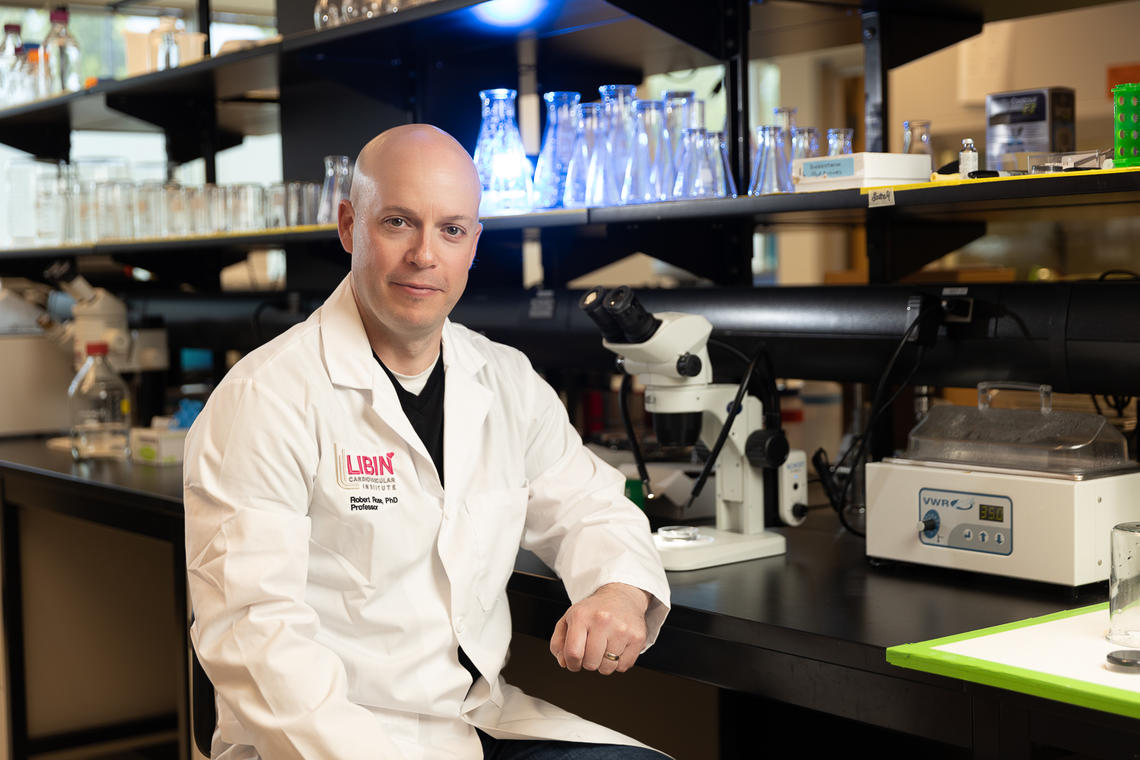
Providing hope for thousands of arrhythmia patients
The sinoatrial node is a small, specialized area in the heart that acts as the body’s natural pacemaker. Libin researcher Dr. Robert Rose recently made a ground-breaking discovery that the body controls heart rate via hormonal regulation of the sinoatrial node. His work may help scientists develop treatments for the thousands of Canadians with arrhythmias, which raise the risk of sudden cardiac death and can negatively impact quality of life.
Discovery offers hope for high-risk population
Reproductive-aged women are more likely to die of a heart attack than men. In fact, they are the only group whose rate of heart attack is on the rise. Women with chronic kidney disease are at an even greater risk than other women of dying from cardiovascular disease, but researchers weren’t sure why until recently. Clinician-researcher Dr. Sandra Dumanski, MD, led a team of Libin Institute researchers that recently uncovered a link between cardiovascular disease and lower levels of AMH, a fertility hormone, in women with chronic kidney disease. The study provides hope that AMH may be used to predict future cardiovascular risk and lead to potential treatment options for this high-risk population.
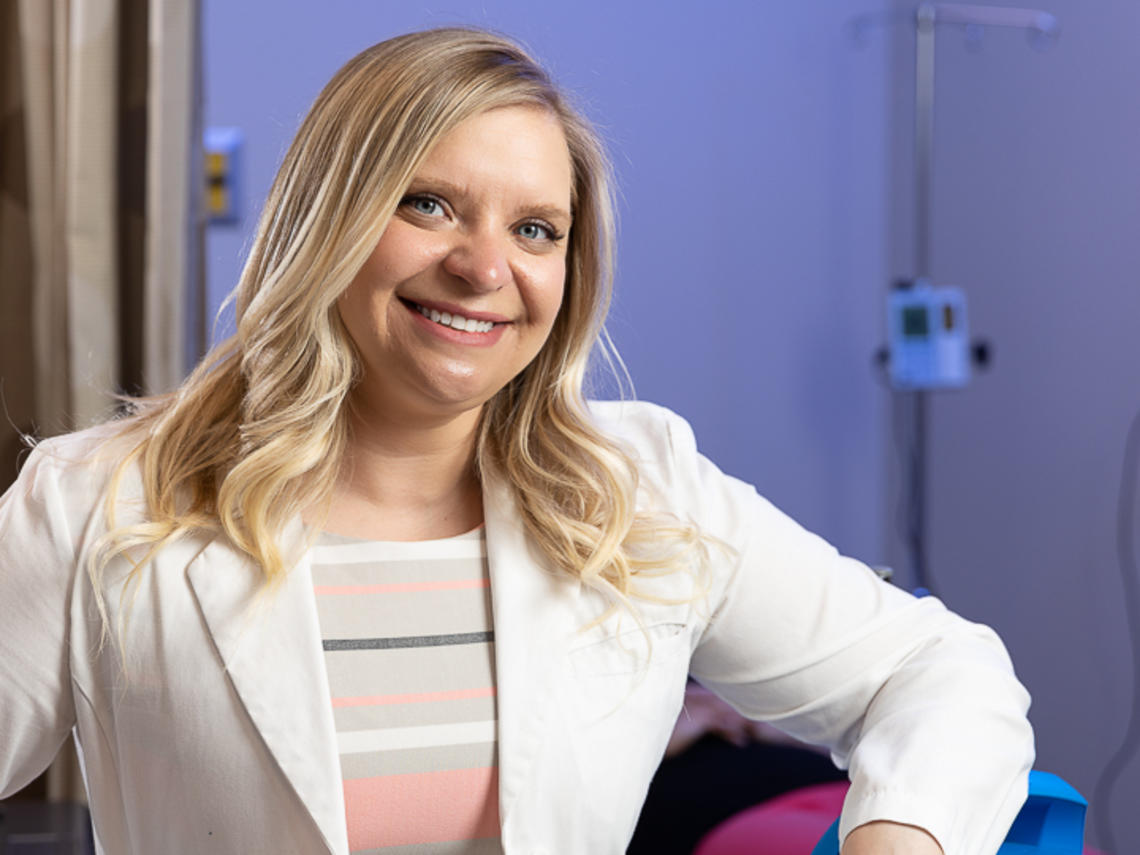
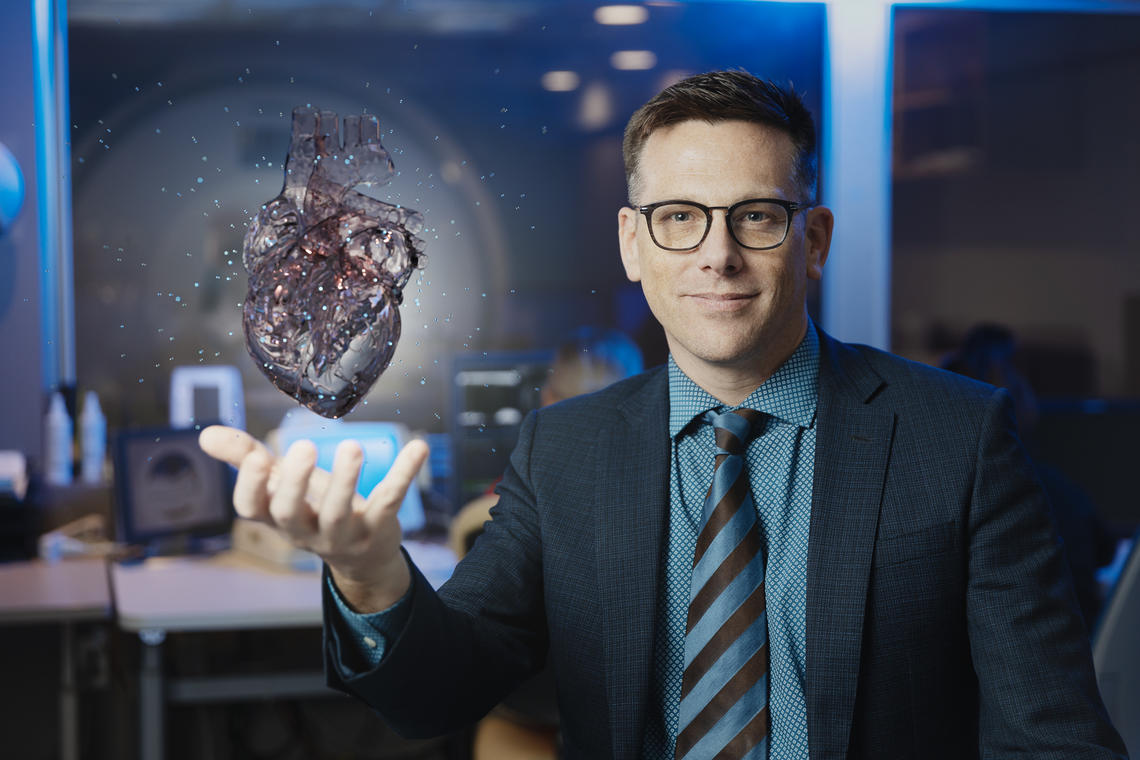
Researcher a global game changer in diagnosing heart muscle diseases
Heart muscle diseases, called cardiomyopathies, come in many forms and often develop differently, so diagnosing a specific type can be challenging. Even in similarly appearing hearts, the cause of the disease may be different, and individuals may require varied treatments to prevent serious complications like heart failure, life-threatening heart rhythms or death. A team of researchers, led by Dr. James White, MD, is tackling this issue head on with an innovative artificial intelligence-based diagnostic tool. The tool uses thousands of cardiac MRI images of patients hearts to diagnose the presence and type of cardiomyopathy. The AI software considers thousands of data points to provide the most likely diagnosis to physicians within seconds and predict a patient’s risk of heart complications, such as heart failure and life-threatening arrhythmias. This information will allow patients and health care providers around the world to make life-saving decisions.
Catherization labs offer latest technology to Calgary patients
Thanks to donations from the Calgary Health Foundation, about 6,500 local patients will benefit annually from two newly renovated catherization labs, used for tests and procedures related to heart health. The labs are located at the Foothills Medical Centre and will bring new technology to local patients, with the first opening in the fall of 2022. Both spaces were designed by local front-line nurses and physicians to create efficiency and improve the experience for patients. “This really impacts our patients because people of all ages and in all stages of life are treated in these spaces,” says Amanda Weiss, the executive director for Cardiac Sciences, Clinical Neurosciences and Neuro. Rehab at the Foothills Medical Centre. “These new spaces will have the latest technology, which will allow for incredible innovations. It’s exciting!”
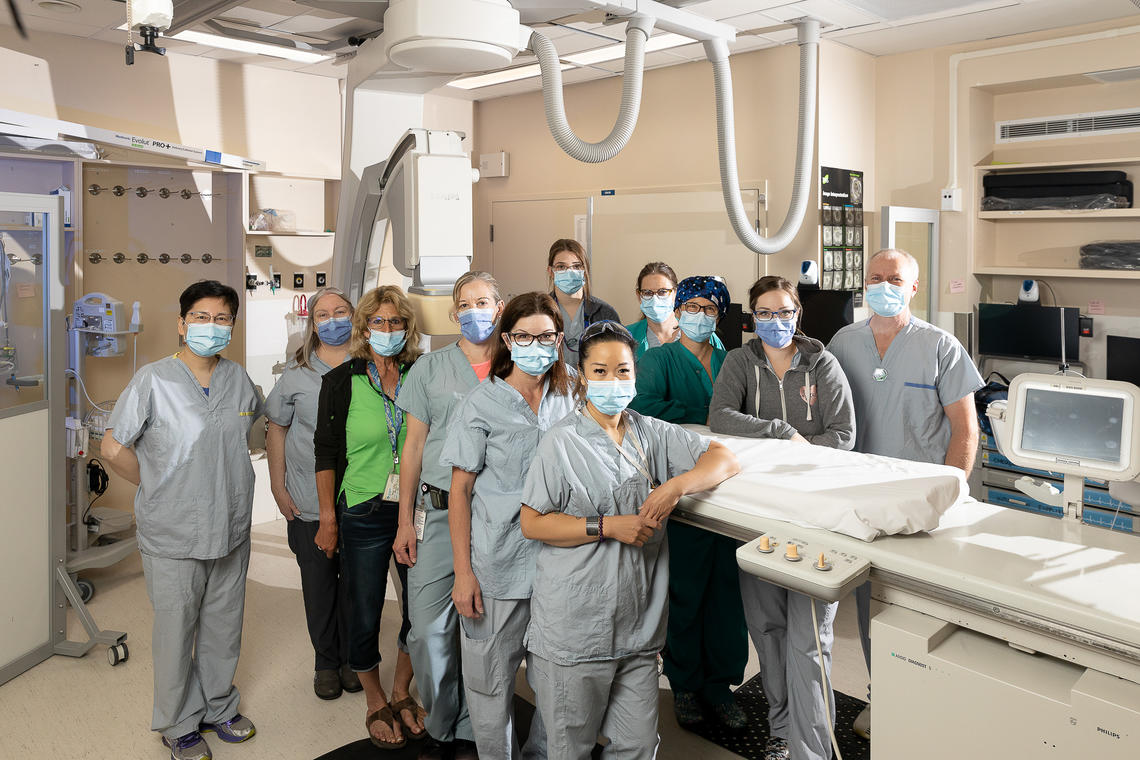
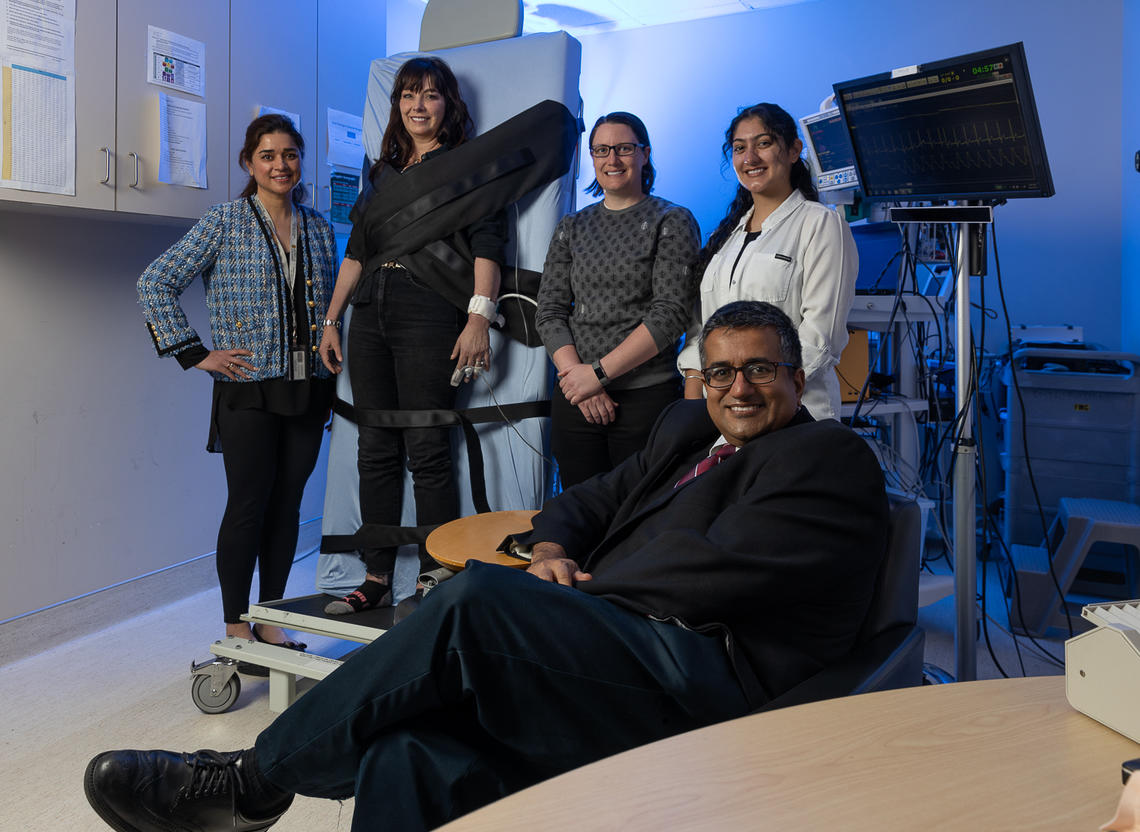
World expert finds simple solutions to treat debilitating condition
POTS is a debilitating condition that causes a multitude of symptoms such as light-headedness, brain fog, fatigue, headaches, heart palpitations and nausea. The condition impacts about two per cent of the population, mostly women of reproductive age. Researcher Dr. Satish Raj, a world expert in this area, recently led a study proving a high sodium diet increased the blood volume in POTS patients—mostly young females of childbearing age—bringing it closer to the norm. As a clinician, Raj is also on the front lines at the Calgary Autonomic Investigation and Management Clinic, and sees firsthand the results of the diet, which can relieve symptoms, helping individuals with the condition feel better and get closer to their regular activities. The clinic, located at the South Health Campus and the Cumming School of Medicine, has recently been recognized as a Center of Excellence by STARS, an international organization dedicated to improving patient outcomes.
Libin research team solves 20-year mystery; discovery first step in preventing sudden cardiac arrest
An estimated 35,000 Canadians experience sudden cardiac arrest each year. Fewer than 10 per cent of these people survive. Libin researchers have linked genetic mutations to a deadly cardiac arrhythmia called catecholaminergic polymorphic ventricular tachycardia (CPVT) and developed potential treatments for the deadly condition. But individuals who test negative for CPVT sometimes experience sudden cardiac arrest, a fact that has stumped scientists for 20 years – until now. After a decade of work, an international team led by Libin’s Dr. Wayne Chen, PhD, discovered the genetic disorder, RyR2 calcium release deficiency syndrome (CRDS), behind these unexplained deaths. The team also came up with potential treatments for individuals with the condition. The discovery is a critical step in preventing cardiac arrhythmias and sudden death, offering hope for thousands of Canadians.
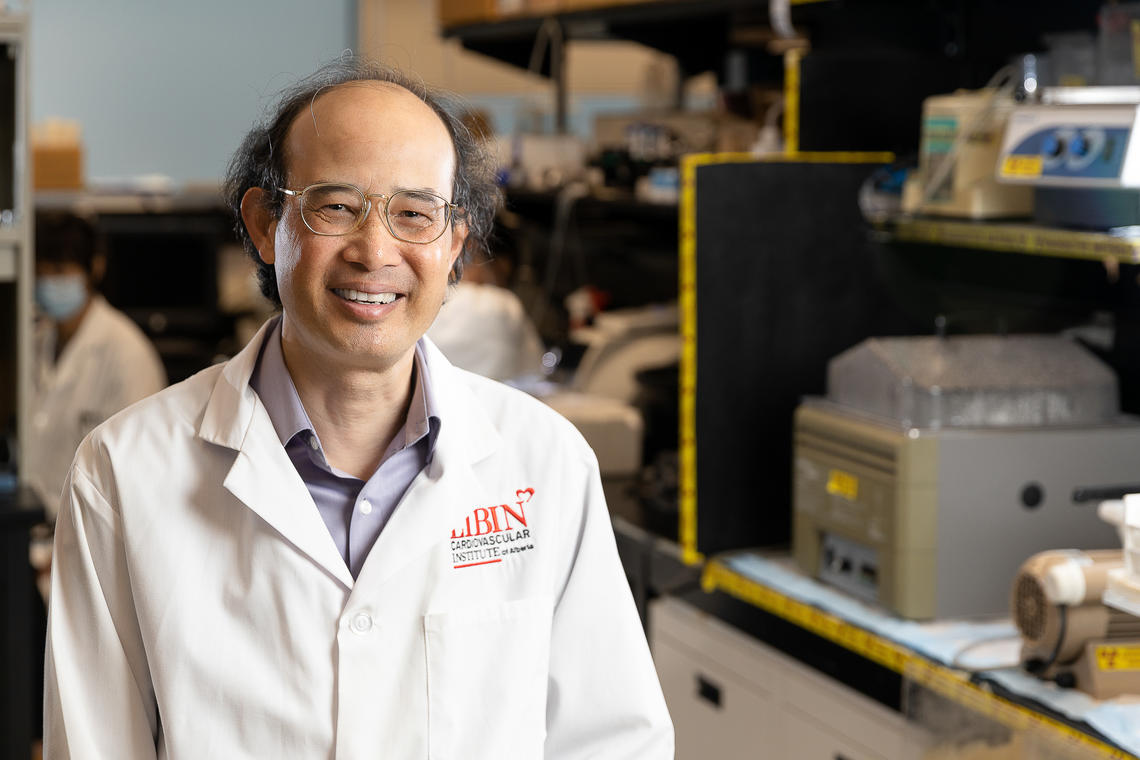
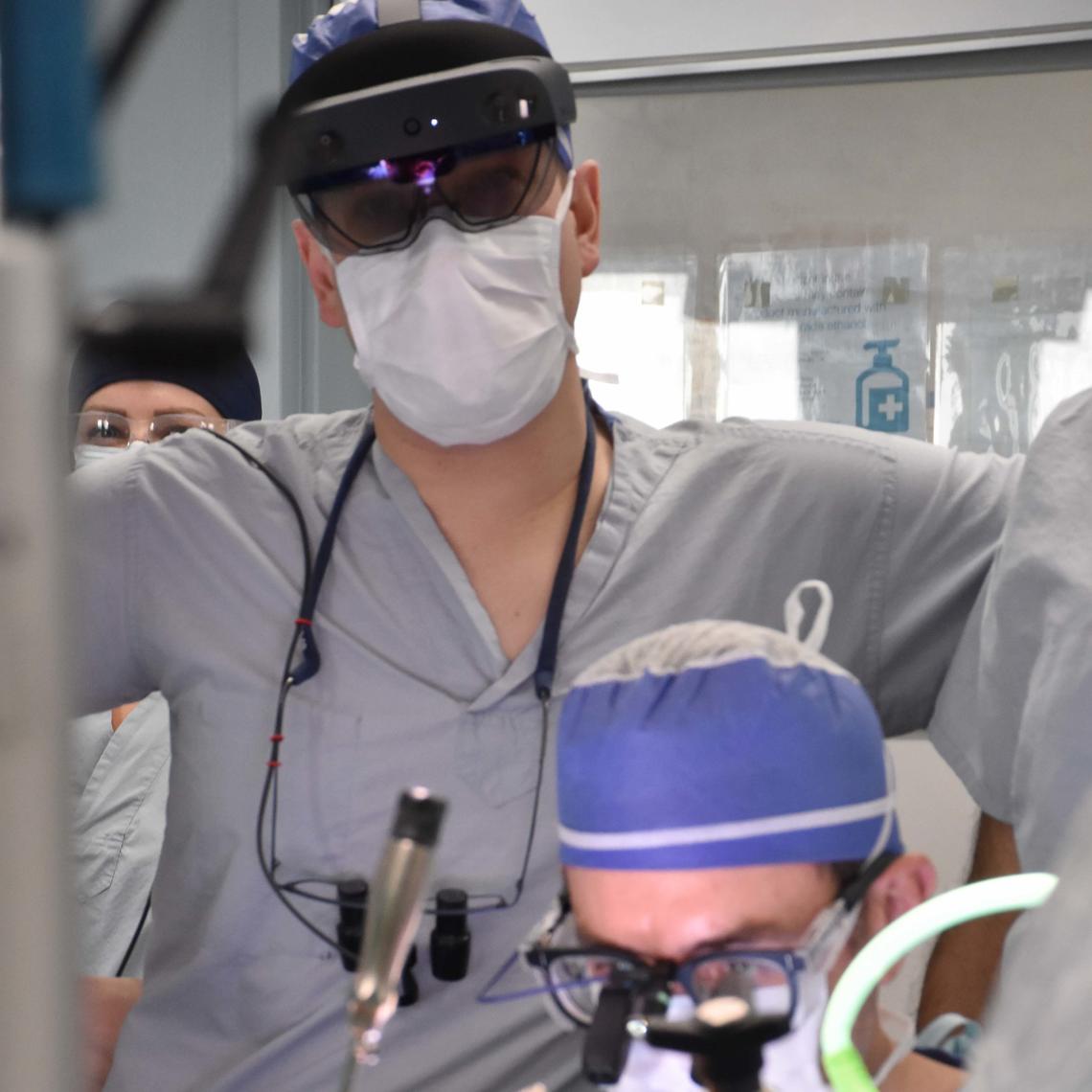
Cardiac team blazing new paths in surgical suite
Calgary is home to global leaders in minimally invasive cardiac surgery procedures. The team was recently chosen as the first in the world to use Medtronic’s MEDXR Hololens, an extended reality technology that allows users to broadcast real time video. It was the first time the Canadian-made device was used during cardiac surgery for educational purposes. Dr. William Kent performed the mitral valve surgery, while Dr. Corey Adams used the Hololens to transmit images. Calgary is becoming a top training centre for minimally invasive procedures, training teams from all over North America and as far as Poland.
